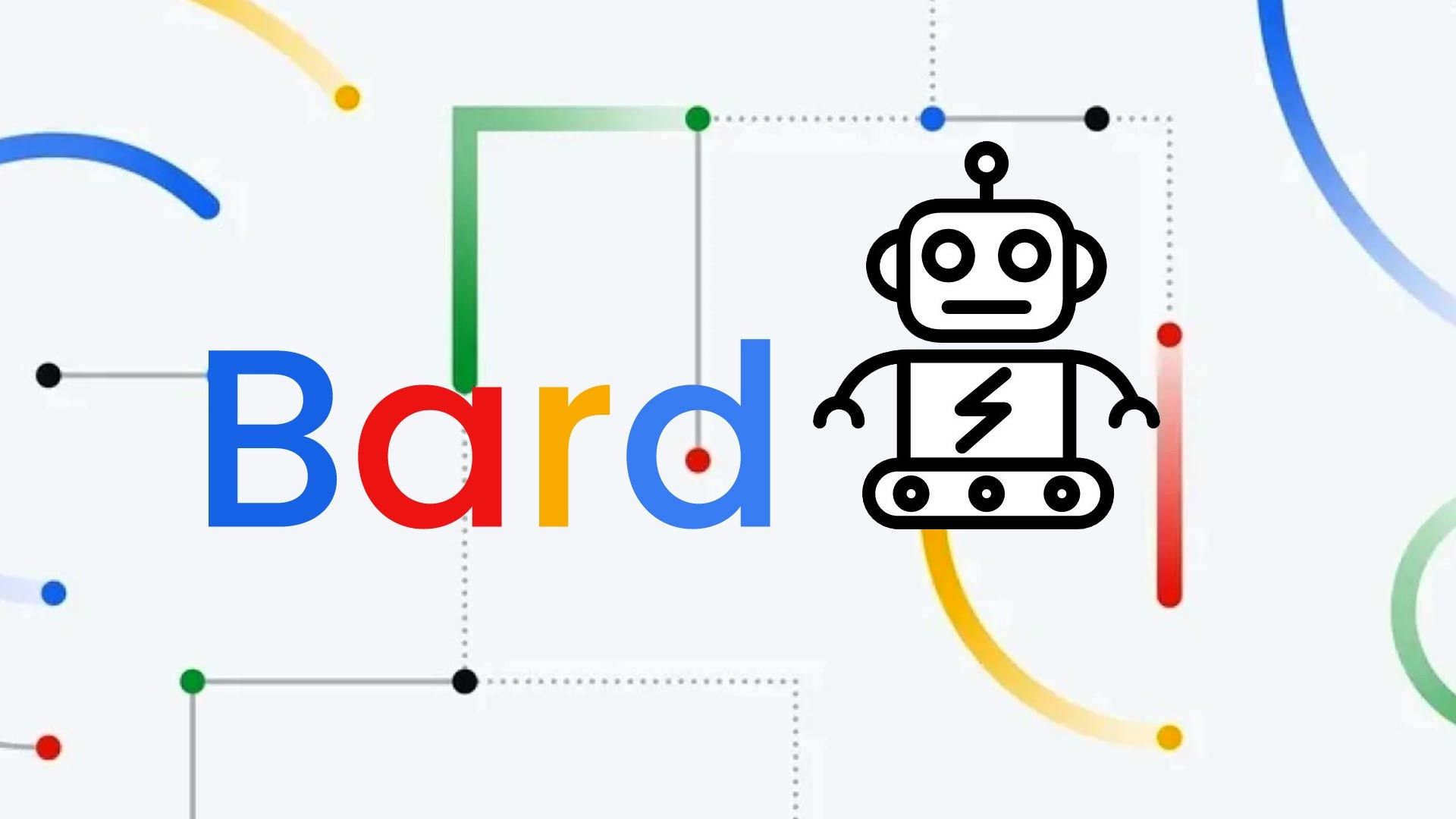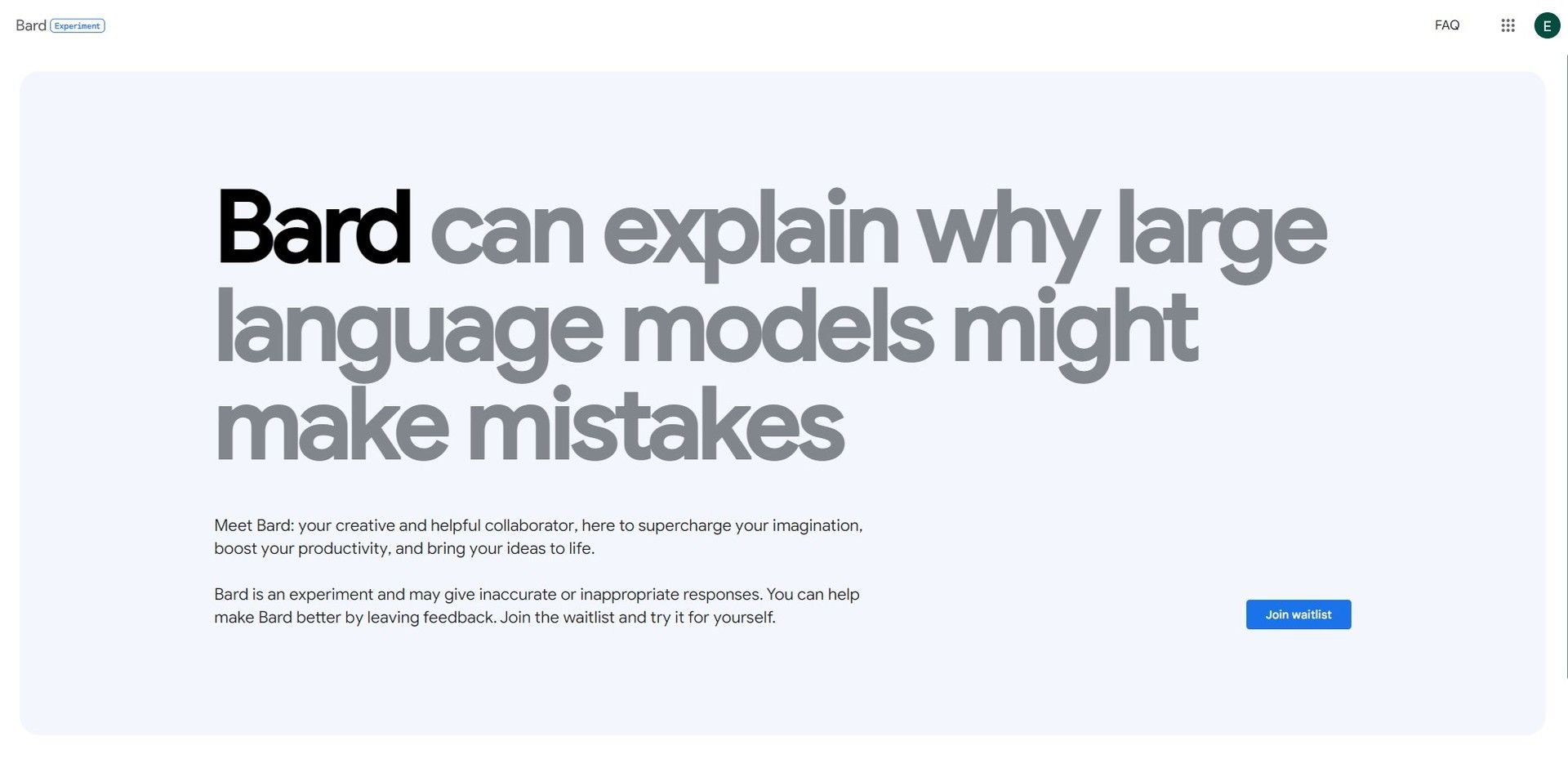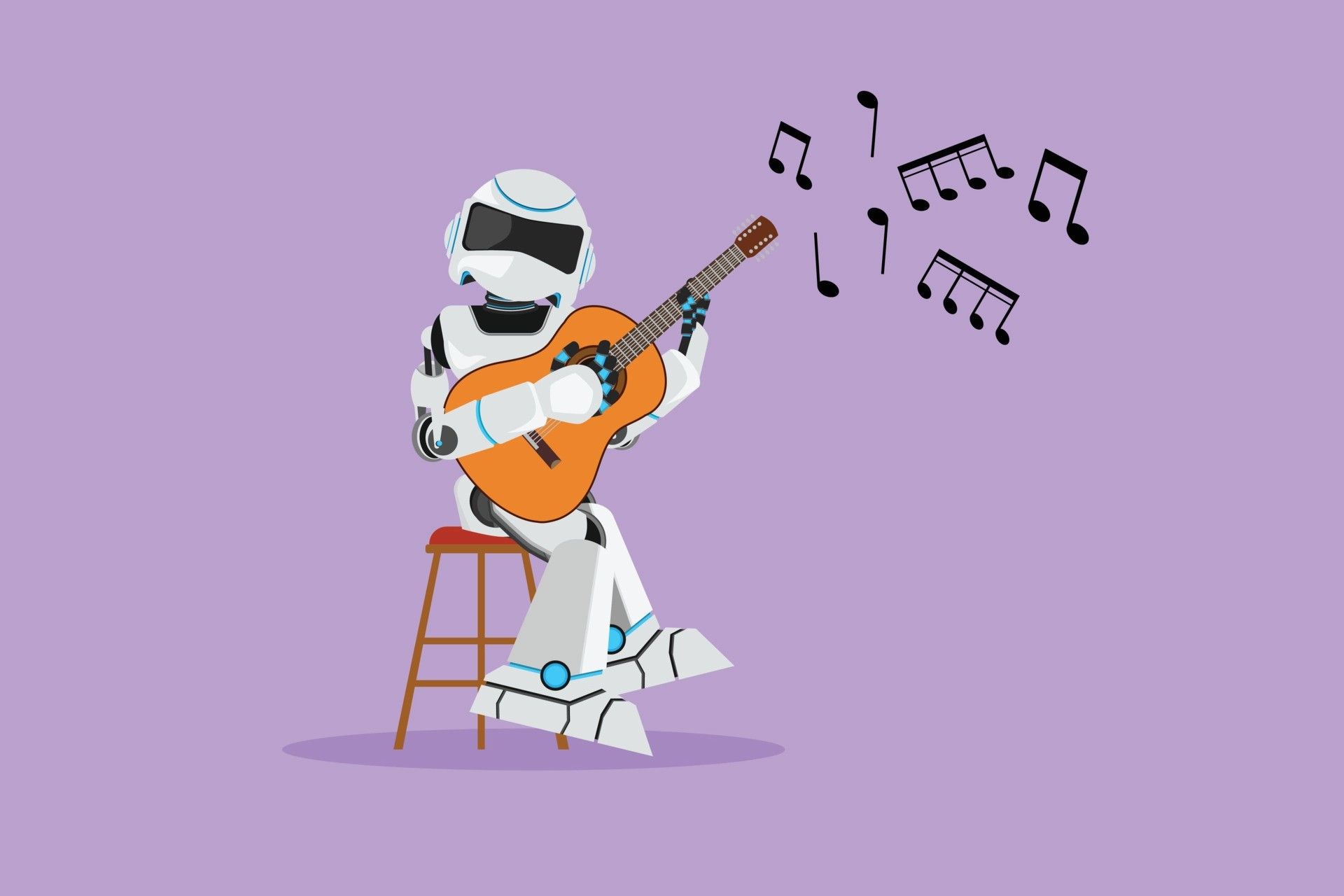Bard AI is now available and the tech world has one question on its mind: how to get access to Bard AI. In this article, we’ll take a closer look at Bard’s features and limitations, and explore the process of how to get access to Bard AI.
In the world of artificial intelligence chatbots, Google is no longer playing catch-up. With the limited release of its new AI chatbot, Bard, Google is set to compete with OpenAI’s ChatGPT and Microsoft Bing’s AI chatbot. But what makes Bard unique, and how can you get access to Bard AI?
Bard is Google’s latest AI chatbot, which has been designed to compete with OpenAI’s ChatGPT and Microsoft Bing’s AI chatbot. Like these other chatbots, Bard is designed to generate creative and intelligent responses to user prompts.

In early tests of the Bard AI, Bard’s writing skill wasn’t quite as polished as one might expect from a Google AI chatbot. It could be a little repetitive with its word choices when writing essays, for instance. However, it was highly creative and good at generating ideas, and it had an unusual willingness to blurt out potentially messy details in speculative prompts. Each prompt response automatically includes three drafts of each response that the user can toggle between, making each output feel less definitive.
In comparison to Microsoft Bing’s AI chatbot, Bard provides citations for its responses “from time to time,” according to the New York Times. It can struggle, just like all other chatbots, to answer sensitive questions. It provided some information about the Russian rationale for the annexation of Crimea, for instance, but also pointed to the widespread condemnation of the Russian occupation. But how do you get access to Bard AI? Let’s find out.
How to get access to Bard AI?
Unlike OpenAI’s ChatGPT, which is freely available to anyone online, and Microsoft Bing’s AI chatbot, which can be accessed through a simple search, getting access to Bard is currently limited to select insiders who receive demos and those who sign up for the waitlist.
The Bard homepage, which you can access using the link here, has a “Join waitlist” button, which, if clicked, will let you know if the account you’re using is eligible, and if so, ask you whether you want to opt-in to Bard news updates. Once you’re on the waitlist, there’s nothing to do but wait for an email with the subject line “It’s your turn to try Bard“.

Bard is not ready for the AI game yet
It’s worth noting that Bard is still in its experimental stage, and as such, some of the responses may be inaccurate or offensive. This warning is prominently displayed on Bard’s homepage and the FAQ page. However, this is not unique to Bard. Similar warnings can be found on official info pages for other AI chatbots, including ChatGPT and Microsoft Bing’s AI chatbot.
When actually chatting with Bard, users of ChatGPT and Bing will find the experience familiar, but different. Bard’s responses can be highly creative, and its willingness to blurt out potentially messy details in speculative prompts can make for some interesting conversations. However, its writing skill may not always be polished, and it can be repetitive with its word choices.
The rise of the AI chatbot
Artificial intelligence (AI) chatbots have become an increasingly prevalent technology in recent years, revolutionizing the way people interact with businesses, governments, and other organizations. AI chatbots are computer programs that use natural language processing (NLP) to simulate human conversation, providing a new level of convenience and accessibility to users.
The rise of AI chatbots has been driven by several factors. One of the primary drivers has been the increasing demand for more efficient and streamlined customer service experiences. Chatbots are able to provide immediate assistance and answers to customer inquiries, reducing the need for human support staff and allowing companies to save time and money.
Another key driver of the rise of AI chatbots has been advancements in AI technology itself. As machine learning algorithms have become more sophisticated, chatbots have become better at understanding and responding to human language, making them more useful for a wider range of applications.

While society has yet to fully accept the existence of AI chatbots, the scientific world has already begun to benefit from their speed and consistency. Recently, a very important step was taken for the treatment of cancer, one of the biggest problems of humanity, using AI technologies. This situation, which was welcomed with interest by the scientific world, showed us that AI technologies can be used even in the field of medicine.
We have come to the end of the article in which we briefly explained how to get access to Bard AI and Google’s gladiator in the AI game. We will see later this year whether other chatbots have a chance against ChatGPT, Open AI’s bot that has created an explosion.





